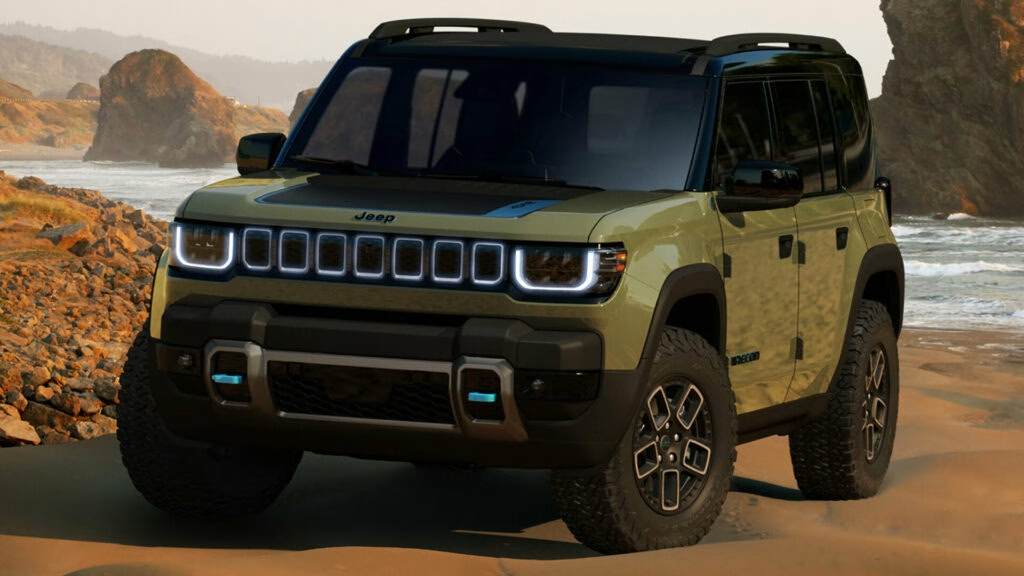Is Jeep’s New Recon EV Already in Trouble? What the Numbers and Timing Really Say
Why Are Automakers Like Ram Pulling the Plug on Electric Trucks?
Just last week, Ram made headlines by canceling its much-anticipated 1500 REV electric pickup. The reason? Sluggish demand for full-size electric trucks in North America. It’s not just Ram feeling the pinch—Ford’s F-150 Lightning, Chevy’s Silverado EV, and even the Tesla Cybertruck have all seen sales fall short of expectations. According to data from Cox Automotive, EV inventory in the US hit record highs in early 2024, with some models sitting on dealer lots for over 100 days. That’s a far cry from the feverish demand automakers were banking on just a couple of years ago.
So, what’s behind the slowdown? For many buyers, high sticker prices, limited charging infrastructure, and concerns about real-world range are giving them pause. And with interest rates still elevated, even hefty incentives aren’t always enough to tip the scales.
Is the Jeep Recon Launch Coming at the Worst Possible Moment?
Against this backdrop, Jeep’s all-electric Recon is set to debut later this year. But here’s the kicker: it’s arriving right as the $7,500 federal EV tax credit is set to expire on September 30. Historically, incentives like these have played a major role in driving EV adoption. According to the Alliance for Automotive Innovation, EV sales tend to dip sharply when tax credits are reduced or eliminated. If the Recon lands after the credit disappears, Jeep could be facing an uphill battle—especially since EV sales are already softening.
And let’s not ignore the elephant in the room: the Wagoneer S, Jeep’s latest electric SUV, has struggled mightily. In Q2, Jeep moved just 3,668 Wagoneer S units, bringing the year-to-date total to 6,263. Compare that to Ford’s Mustang Mach-E, which sold over 10,000 units in the same quarter and more than 21,000 in the first half of the year. To move inventory, Jeep had to offer discounts approaching $25,000—a clear sign that demand isn’t keeping pace with supply.
What Makes the Recon Stand Out—And Is That Enough?
Jeep isn’t just rolling out another cookie-cutter EV. The Recon is designed to channel the brand’s off-road heritage, with features like removable doors, a one-touch power roof, and a Trail Rated Moab trim. Off-road enthusiasts can look forward to Selec-Terrain traction management, e-locker axle tech, underbody protection, and aggressive tires—basically, everything you’d want for a weekend in Moab or a muddy back road.
Under the hood (or, well, under the floor), the Recon is expected to share its platform and powertrains with the Wagoneer S. That likely means a 100.5 kWh battery, dual-motor all-wheel drive, and output ranging from 500 to 600 horsepower. Range? Around 300 miles, if Jeep’s estimates hold up.
But here’s the million-dollar question: will these features be enough to lure buyers who are already hesitant about EVs? The removable doors and power roof are cool, sure, but they might not be enough to overcome concerns about price, charging, and resale value—especially if the tax credit vanishes.
Should Jeep Follow Ram’s Lead and Cancel the Recon?
It’s tempting to say yes, especially with the writing on the wall for EV demand. But the answer isn’t so simple. Jeep’s off-road cred gives it a unique angle in the EV market, which is still dominated by crossovers and sedans aimed at urban drivers. If any brand can carve out a niche with a trail-ready electric SUV, it’s probably Jeep.
Still, the risks are real. If the Recon launches into a market that’s cooling fast, with no tax credit to soften the blow, Jeep could be looking at slow sales and big discounts—just like with the Wagoneer S. And with competitors like Rivian and Ford already established in the off-road EV space, the Recon will need to deliver something truly special to stand out.
What’s the Real Outlook for the Jeep Recon—and What Should Buyers Watch For?
If you’re considering an electric SUV, the Recon is worth keeping an eye on. Its off-road chops and unique features could make it a standout—if Jeep can get the pricing and incentives right. But timing is everything. If the Recon arrives after the tax credit expires and before consumer confidence rebounds, it could struggle to gain traction.
For Jeep, the next few months will be critical. Will they double down on the Recon’s unique strengths, or will they pivot if early demand falls flat? For buyers, patience might pay off—especially if discounts start rolling in, as they did with the Wagoneer S.
The big takeaway? The future of the Jeep Recon isn’t about perfection—it’s about smarter adjustments. Start with one change this week, and you’ll likely spot the difference by month’s end.

